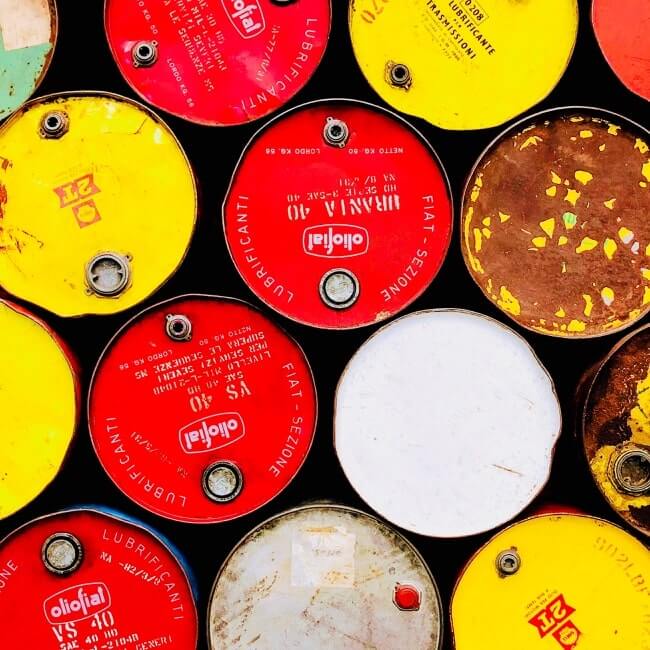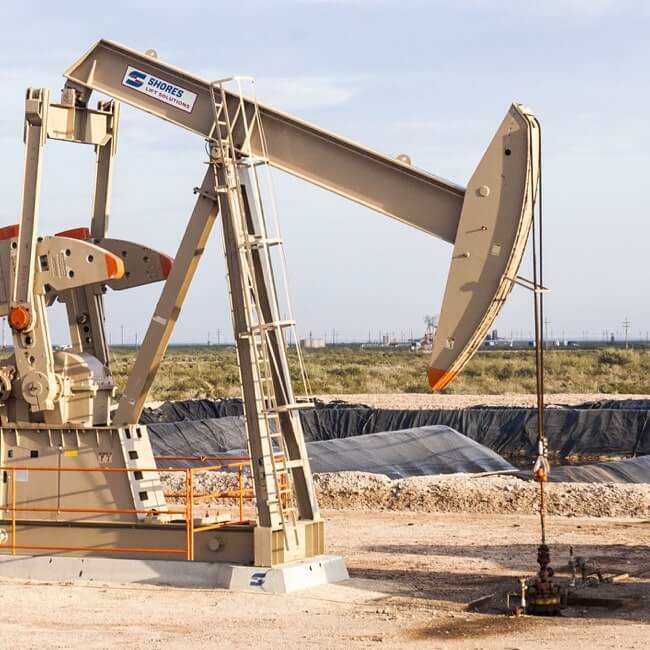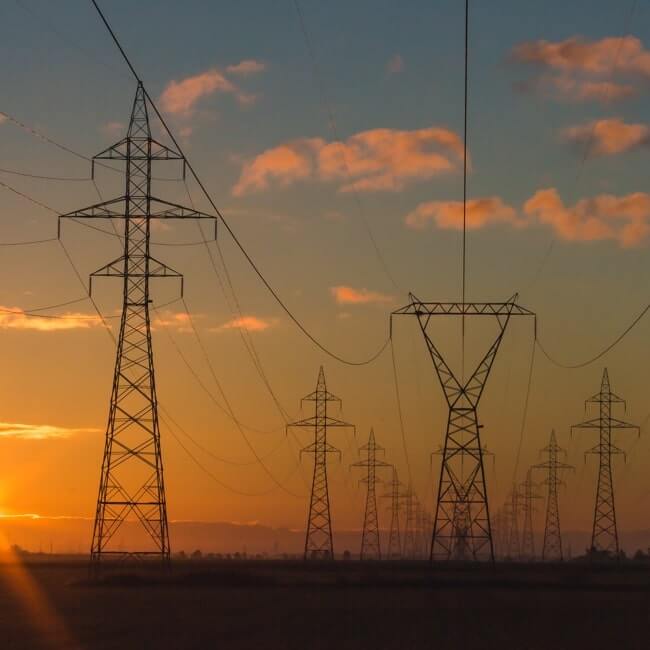Spotlight: Southern Energy’s Argentine LNG incursion
An Argentine LNG-exporting project planned by Southern Energy seems geared to minimizing risk and initial outlay in a context where uncertainty – while seemingly easing – continues to shroud the country.
The initiative involves initially producing when domestic demand for natural gas slackens, typically over the warmer months of the year.
Southern Energy, owned by British-Chinese-Argentine hydrocarbons producer Pan American Energy (PAE) and London-based LNG logistics firm Golar, would moor a floating production vessel off the cost of Río Negro, a jurisdiction that has adhered to the federal government’s Rigi investment incentives regime.
The platform is expected to be linked to the San Martín duct, which transports north output from Tierra del Fuego, Chubut and Santa Cruz province onshore and offshore gas assets. A stretch of the pipeline runs just some 25km from the coast of Río Negro.
A second phase of the Southern Energy project involves year-round exports and may, based on comments in a statement issued this week, involve pumping in gas from the Vaca Muerta unconventionals formation, several hundred kilometers to the west.
The company aims to start exporting from 2027. LNG production capacity would be 2.4Mt/y, the equivalent of 11.5Mm3/d (million cubic meters per day) of gas.
A cooling of inflation, the Rigi regime and moves to ease state control over the economy are whetting investor appetites in Argentina.
Today, the general business operating environment nevertheless remains challenging. And from a political risk perspective, while support for President Javier Milei and his reform policies remains fairly solid, investors will be aware that around half the population is below the poverty line and that patience could understandably start to erode.
Against the backdrop, Southern Energy, by leveraging infrastructure and existing supply, may potentially be hedging its bets.
Indeed, less midstream infrastructure is required than would be for piping in gas from Vaca Muerta. In a nutshell, trunk infrastructure is in place and transport capacity is there.
Work involves trunk infrastructure connection, a compression station, a duct to carry gas to the coast, a subsea pipeline and mooring facilities.
In terms of gas, the San Martín duct has around 14Mm3/d idle capacity, according to a 2022 annual report from regulator Enargas.
The Southern Energy announcement comes shortly after the Tierra de Fuego province 10Mm3/d offshore gas platform Fénix came online.
Fénix is part of the Cuenca Marina Austral 1 (CMA-1) concession, in which PAE has a 25% stake, with the balance held by operator TotalEnergies (37.5%) and Harbour Energy.
The LNG project, however, could also spur output from other gas fields linked to San Martín.
Argentine state-controlled hydrocarbons company YPF and Malaysian counterpart Petronas are also planning to export LNG from Río Negro.
Following a press report that Petronas may exit the project, YPF said that if that happened, it would carry out the work regardless, and that there were other potential interested partners.
Based on past YPF comments, production capacity of 1-2Mt/y is expected to start from 2027 using floating LNG infrastructure, before ramping up to over 17Mt/y by 2032 following construction of a fixed plant onshore. Officials have said pipelines would be built.
GAS OUTPUT, EXPORTS
In June around 38Mm3/d gas was produced in Río Negro and the jurisdictions to its south, according to federal energy department data.
Nationally, gas production was 152Mm3/d in July, with the Neuquén basin, home to Vaca Muerta, accounting for 114Mm3/d, up 17.7% year-on-year, according to data from consultancy Economía & Energía.
Based on operator logs, PAE produced 20.3Mm3/d in July, up 5.9% year-on-year.
Along with its non-operating stake in CMA-1, PAE produces in Neuquén, Chubut, Santa Cruz and Salta provinces, according to federal energy department operator data.
This year Argentine piped gas exports, which tend to slow around May-September, peaked at 9.93Mm3/d in warm weather month March.
Today, exported Argentine gas is dispatched by pipeline, mainly to Chile and via a link between the Neuquén basin and Santiago Metropolitan region.
However, completion of a flow-reversal project, expected for the coming months, should open the door for exports of Vaca Muerta gas to Brazil via Bolivia. Companies have sought authorization to do this.
Subscribe to the leading business intelligence platform in Latin America with different tools for Providers, Contractors, Operators, Government, Legal, Financial and Insurance industries.
News in: Oil & Gas (Argentina)

Argentine oil export requests flat in November
BNamericas looks at Argentine oil and refined product exportation authorization requests data.

Argentine province opens bids in US$40mn gas pipeline tender
Eight parties participated in the process, Plan de Gasoductos para el Desarrollo, announced in August and involving the construction of six new ducts.
Subscribe to Latin America’s most trusted business intelligence platform.
Other projects in: Oil & Gas (Argentina)
Get critical information about thousands of Oil & Gas projects in Latin America: what stages they're in, capex, related companies, contacts and more.
- Project: Block La Paloma
- Current stage:

- Updated: 1 week ago
- Project: Block Bajo del Toro Este
- Current stage:

- Updated: 1 week ago
- Project: Block Cerro de Los Leones
- Current stage:

- Updated: 1 week ago
- Project: Block Vaca Mahuida
- Current stage:

- Updated: 1 week ago
- Project: Río Mayo area
- Current stage:

- Updated: 1 week ago
- Project: Block Cerro Arena
- Current stage:

- Updated: 1 week ago
- Project: Aguada del Chañar Area
- Current stage:

- Updated: 1 week ago
- Project: Block CAN-100 (Argerich project)
- Current stage:

- Updated: 1 week ago
- Project: Block MLO_121
- Current stage:

- Updated: 1 week ago
- Project: Block MLO_123
- Current stage:

- Updated: 1 week ago
Other companies in: Oil & Gas (Argentina)
Get critical information about thousands of Oil & Gas companies in Latin America: their projects, contacts, shareholders, related news and more.
- Company: Gobierno de la Provincia de La Pampa
- La Pampa's provincial government has the authority and responsibility to govern the province. Recognized in 1952, its authority is independent of the federal government except i...
- Company: Netza
- Company: Valcox SA SRL (Valcox)
- Valcox, founded in 2005, is an Argentinean supplier of control valves. Valcox offers balloon, spherical, butterfly and special type control valves; as well as reverse engineerin...
- Company: Albanesi S.A. (Albanesi)
- Albanesi S.A. is an Argentine company, part of the Albanesi group, focused on generating and selling electricity. The company manages most of the Albanesi group's electric power...
- Company: Corredor Americano S.A. (Corredor Americano COAM)
- The description contained in this profile was extracted directly from an official source and has not been edited or modified by BNamericas researchers, but may have been machine...
- Company: Transportadora de Gas del Sur S.A. (Transportadora de Gas del Sur (TGS))
- Argentine energy company Transportadora de Gas del Sur (TGS) is engaged in the transportation, processing and storage of natural gas, and production and sale of liquid gas. In a...
- Company: Opessa
- Company: Del Plata Ingeniería S.A. (Del Plata Ingeniería)
- The description contained in this profile was extracted directly from an official source and has not been edited or modified by BNamericas researchers, but may have been machine...
- Company: GIE S.A. (GIE Group)
- Since 1995, GIE GROUP analyzes, applies and develops techniques and methodologies based on industry standards, as well as best practices, to offer effective and sustainable tech...
- Company: Petrolsur Energía S.A. (Petrolsur Energía)
- The description contained in this profile was extracted directly from an official source and has not been edited or modified by BNamericas researchers, but may have been machine...




